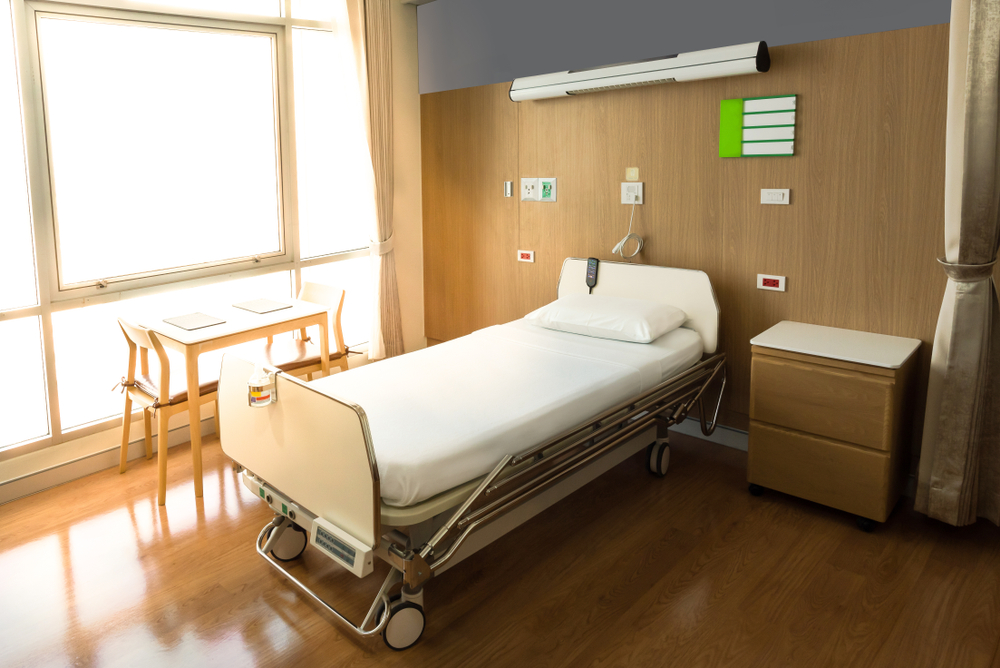The Importance of Hospital Mattresses
Hospital mattresses play a crucial role in medical environments. Providing patients with comfortable sleep is essential for their recovery. A good sleeping environment contributes to the psychological and physiological well-being of patients, helping to alleviate pain and expedite the recovery process. Therefore, selecting the right mattresses for hospitals is vital. They not only need to provide adequate support and comfort but also adhere to medical standards to ensure patient safety and health.
Common Types of Hospital Mattresses
1. Innerspring Mattresses:
Innerspring mattresses are among the most common types used in hospitals. They utilize steel coil springs as a support system, covered with various types of padding and upholstery. Offering firm support, these mattresses are suitable for general patients and standard hospital beds.
2. Foam Mattresses:
Foam mattresses are typically made from memory foam or polyurethane foam. These mattresses, varying in firmness based on foam density, conform to the body’s contours, providing pressure relief and comfort. Foam mattresses are ideal for long-term bedridden patients or those requiring extra support.
3. Air Mattresses:
Air mattresses, also known as alternating pressure mattresses, adjust the firmness and pressure distribution by inflating and deflating air chambers. These mattresses help reduce the risk of pressure sores, promote blood circulation, and offer personalized support. They are suitable for long-term bedridden patients or those with specific pressure distribution needs.
Functions and Advantages of Mattresses
1. Innerspring Mattresses:
Provide stable support and good ventilation.
Durable and cost-effective, suitable for general patients and beds.
2. Foam Mattresses:
Conform to the body’s contours, alleviate pressure, and prevent pressure sores.
Provide additional comfort and support, improving sleep quality.
3. Air Mattresses:
Offer personalized support and pressure distribution by adjusting the air chambers’ inflation level.
Reduce the risk of pressure sores, promote blood circulation, and suitable for long-term bedridden or special needs patients.
Mattress Requirements for Special Patient Groups
Special patient groups, such as children, long-term bedridden patients, and obese patients, may have different mattress needs. Hospitals need to provide customized mattress types to meet these specific requirements. For instance, obese patients require mattresses with higher weight-bearing capacity, while children need mattresses that are appropriately sized and safe.
By understanding the characteristics and advantages of different mattress types, hospitals can select suitable mattresses based on patient needs and bed configurations, thus providing better comfort and medical care services.

